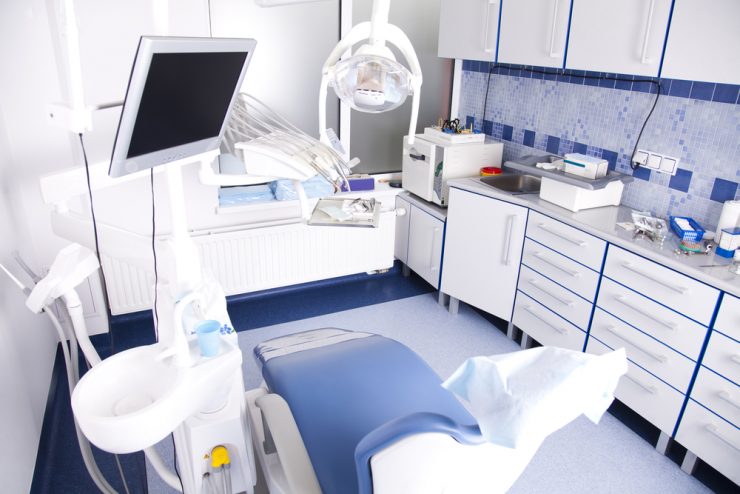If a person suffers from a damaged skin area which is present below knees, either on the foot or legs, which has not healed for more than six weeks, then it is known as a leg ulcer.
Leg ulcers are visible in the form of craters or shallow holes and vary in depth, colour as well as size.
Venous leg ulcers develop as a result of the circulation of the blood being very poor. Some of the other leg ulcers are:
- Arterial leg ulcers which develop due to the arteries having poor circulation.
- Diabetic leg ulcers which develop due to the person suffering from diabetes.
People above the age of eighty are more prone to venous leg ulcers, which can lead to itching as well as swelling of the leg which is affected. One may experience pain also.
The venous leg ulcers are cleaned and then dressing is applied. Compression bandages are used for the application of pressure. Even though they heal after a long time, they recur. Leg ulcers can develop infections and may lead to other complications.
Symptoms
The common symptoms associated with venous leg ulcers are:
- Presence of a hallow area where skin is broken and tissues are exposed.
- The presence of swollen ankles
- The skin surrounding the affected area develops darkening and discolouration. This is called as hyperpigmentation.
- Presence of skin which is hardened around the ulcer. This is termed as lipodermatosclerosis as well as
- Smooth and small areas having white skin with red spots. This is termed atrophie blanche.
The other symptoms which are associated with venous leg ulcers develop due to venous insufficiency, which can cause:
- Intermittent or continuous pain in the affected leg
- A feeling of heaviness on the leg which is affected
- Itching
- Aching
- Swelling as well as
- Venous eczema where the skin develops irritation and itching due to hypertension in the leg veins.
Causes
The triggers of venous leg ulcers are:
- Presence of hypertension
- Venous insufficiency, where there is lack of flow of blood via the veins.
- A person is too much overweight or obese
- If a person has deep vein thrombosis
- If the person has varicose veins or has a family history of varicose veins
- If a person suffers from immobility
- If the person has suffered form any injuries on the leg previously like fractures as well as
- Increase in age.
Treatment
Uninfected leg ulcers
The ulcer and the area around it will be cleaned thoroughly using saline solution. Once they dry it, the dead tissues are removed. A simple dressing is applied to control any pus and to encourage healing.
For increasing the flow of blood compression bandages are applied.
Infected leg ulcers
The wound is cleaned using saline warm water and patted dry. Then the dead tissues are removed. Once this is completed, a sample tissue is taken using swab for checking the presence of any infection. Then a non-sticky, simple dressing is provided. If any infection is present, compression bandages are not applied.
The person is advised to take antibiotic for one week that will help to cure the infection.
.








